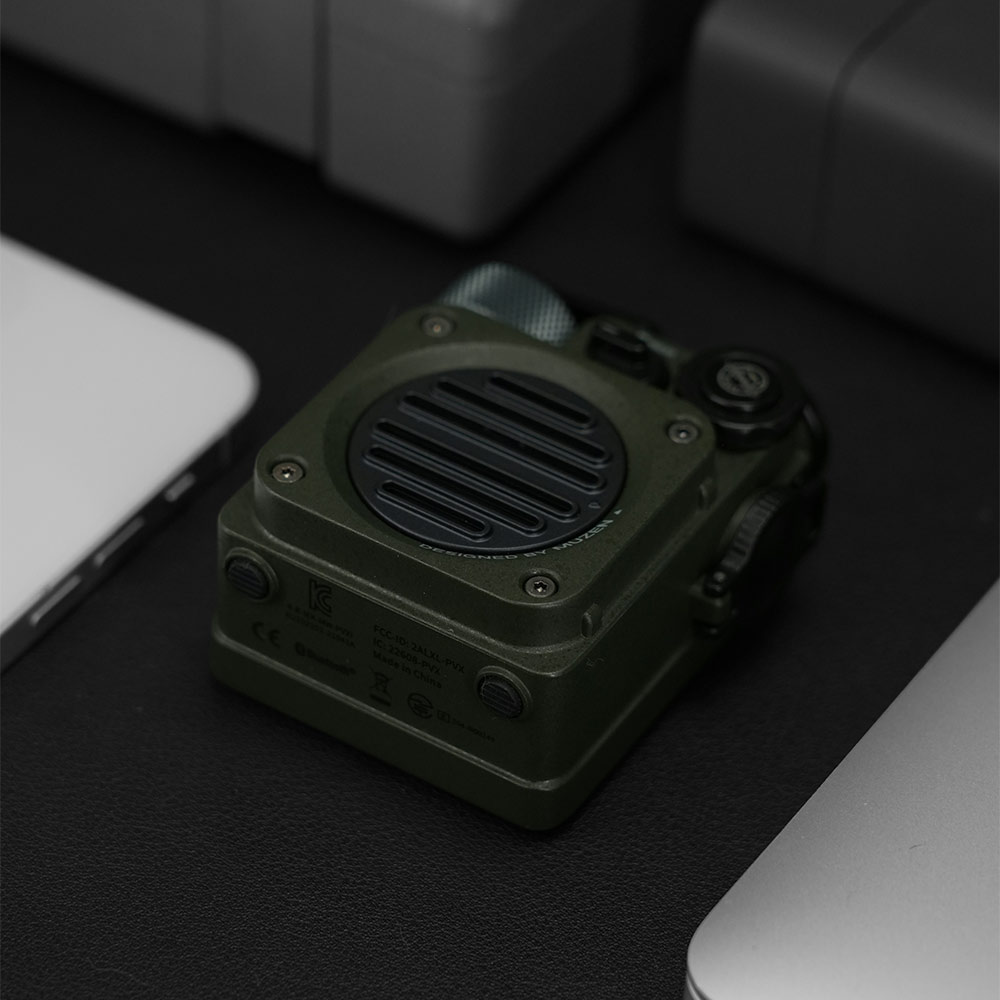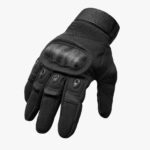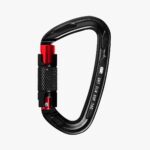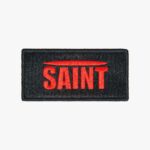The Hidden Science Behind Reliability
In a world flooded with tactical look-alikes, real durability isn’t about aesthetics — it’s about engineering for survival. True tactical gear isn’t designed for comfort zones; it’s designed to function when conditions fail. Whether it’s a soldier’s multitool, a firefighter’s flashlight, or a police officer’s gloves, every piece of dependable gear shares one trait: it’s built to endure.
Durability starts with the choice of material, continues through the method of construction, and ends with quality control. When life or mission depends on your equipment, there’s no substitute for precision.
“Give me six hours to chop down a tree and I will spend the first four sharpening the axe.” – Abraham Lincoln
The Strength of Metal – 7075 Aluminum and Steel
When it comes to structural components, 7075-T6 aluminum stands as the benchmark. Originally developed for aircraft frames, it offers exceptional strength-to-weight ratio — nearly as strong as steel, yet light enough for daily carry. That’s why it’s used in tactical pens, carabiners, and weapon platforms. Unlike softer alloys, 7075 doesn’t bend under stress; it holds its shape and integrity through shock, impact, and pressure.
For parts requiring absolute resilience — blades, hinges, screws, or impact heads — stainless and tool steels remain unmatched. High carbon content increases hardness, while coatings like titanium nitride or DLC (Diamond-Like Carbon) add abrasion resistance and prevent corrosion.
Durable metal is the foundation of reliable hardware. It doesn’t need decoration. Its quality is in its silence — the way it refuses to fail.
The Fabric of Endurance – 900D Nylon and Reinforced Stitching
Not all fabrics are equal. A tactical backpack or belt isn’t defined by its color or shape but by its denier rating — the measurement of fiber density.
900D Oxford or ballistic nylon is a professional standard because it resists tearing, moisture, and abrasion without adding unnecessary bulk. Cheaper alternatives like 400D or polyester may look similar but deteriorate quickly under friction, heat, and UV exposure.
The construction matters just as much. Reinforced double stitching, bartack seams, and box-X patterns prevent tearing at stress points — shoulder straps, MOLLE mounts, or belt loops. Even thread choice plays a role: bonded nylon thread resists melting and fraying when exposed to heat or chemical contact.
“Quality is never an accident; it is always the result of intelligent effort.” – John Ruskin
The Role of Coatings and Finishes
True durability extends beyond material choice. It lives in the surface. Anodizing, powder coating, and ceramic finishes protect metals from oxidation and scratches while maintaining a low-reflective tactical profile.
For gear exposed to extreme elements — saltwater, sand, or oil — coatings can double lifespan. Type III hard anodizing, for example, creates a surface hardness up to 60 Rockwell C, increasing abrasion resistance dramatically. On fabrics, polyurethane coatings enhance water resistance without stiffening the textile.
Designed for Abuse – The Test Philosophy
Durable gear is validated through abuse, not marketing. Drop tests, impact cycles, heat exposure, and salt-fog chambers reveal whether materials hold their promises. Reputable manufacturers test to failure — because failure is data.
Impact resistance, IP ratings, and temperature tolerance aren’t buzzwords; they’re survival parameters. IP68 means a flashlight will keep shining after dust storms and immersion. Impact ratings confirm it can survive a fall from two meters onto concrete. This level of validation separates equipment made for enthusiasts from equipment made for professionals.
“If you can’t trust your gear, you can’t trust your plan.” – Jocko Willink
Longevity as an Ethic
Durability isn’t only physical — it’s ethical. Disposable design contradicts the spirit of service. Professionals don’t replace tools; they maintain them. Civilians who prepare seriously adopt the same principle. When gear lasts, it builds familiarity and confidence. That bond between user and tool — tested, scarred, and reliable — becomes a quiet form of trust.
To be equipped for the mission is to know that your equipment won’t quit before you do.




